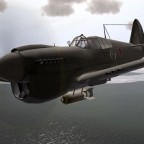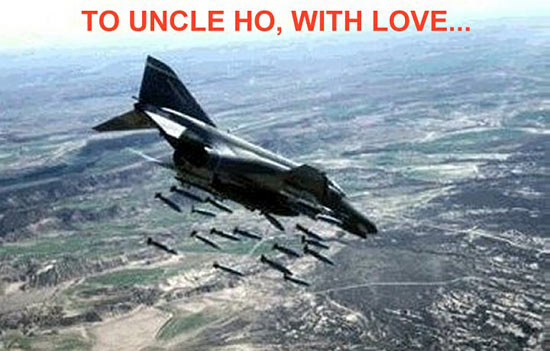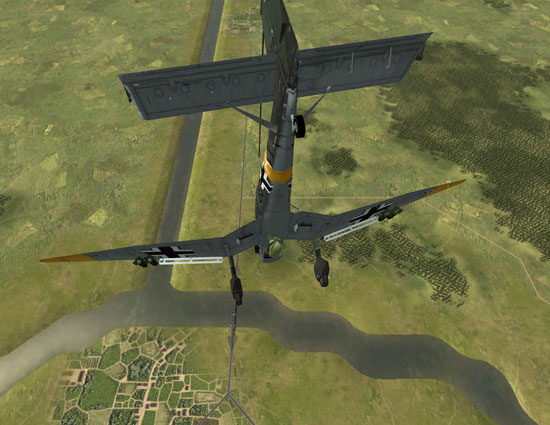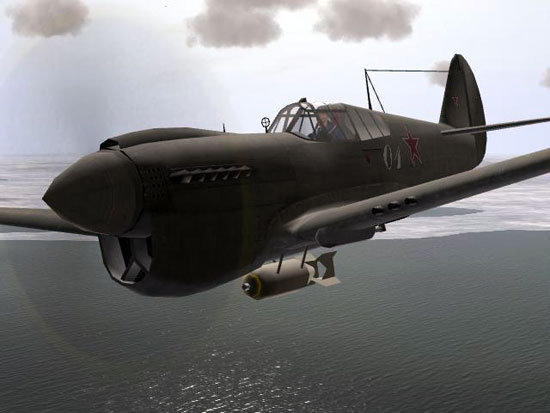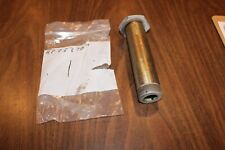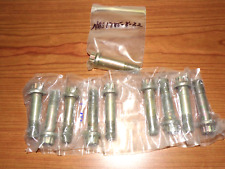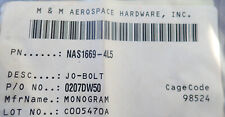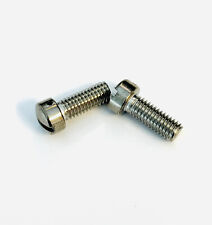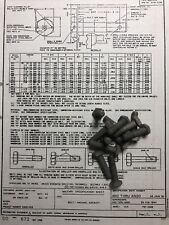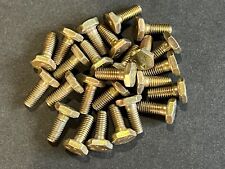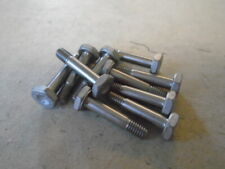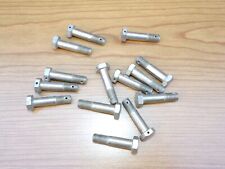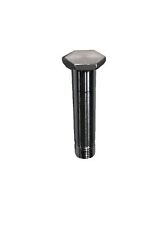The Great Time Delay Debate (Again)
Until the very last set of updates, one couldn’t set a time delay on bombs and sink ships. Apparently the bombs would bonk off of the sides and sink, leaving the ship unharmed. This has been fixed, but it leads to an interesting debate.
This wasn’t exactly historical in all cases; setting a second or two of delay would allow the bombs to penetrate through the sides of ships before exploding, making the damage more severe. Delays were set at different times on different fronts by different air forces.
I recommend not setting a delay of more than one second. Let’s not stretch things too far from reality, and a proper run will clear your plane even with zero delay. In fact, I recommend learning to skip bomb with no delay set.
Ship Defenses
Ships have a great firing fan: they can shoot pretty much along the waterline all the way up to nearly ninety degrees vertically. However, their guns are most deadly from around thirty to fifty degrees above the water. I like to think of it as the “zone of certain death,” as any aircraft that lingers there is pretty much guaranteed of getting hit.
As anyone that has practiced dive bombing knows it’s getting away that is the hard part; because of this, we’re going to come in very low drop out bomb, transect the “zone of certain death” as quickly as we can, and get the heck out of there.
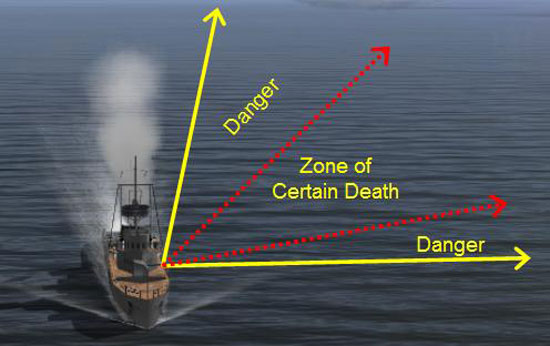
Attack Profile
The attack profile is pretty straight forward:
- Always, always, always check for enemy aircraft before committing to any sort of ground or sea attack, as your course and speed are predictable and easily anticipated.
- Start at an altitude between 800 and 1,500 feet and a speed of around 250 miles per hour from a minimum of 3,000 to 4,000 yards out. The big thing about your setup is to know when your plane outruns its ability to maneuver; we’ve got a big climb at the end of our attack and need all the elevator response we can get!
- At around 2,000 yards, dive at a 35 degree angle until one is just fifty feet off the water, being careful to stay around 300 miles per hour. The rule of thumb is that if the ship is firing at you, dive to the deck! We’ll be hoping that at minimum quadrant for the guns and the smallest silhouette we can show the gunner he’ll miss. I found that minor banking (about five degrees left and right) using ailerons only and jinking up and down by about ten feet is highly advantageous.
- When the (medium sized) ship presents around 140 mils on the sight (the ends halfway between the outer circle and the edge of the square reflector plate) , pull straight up and release your bomb. For small ships, when it’s at about 120 mils (a third the way past the ring to the edge of the reflector plate).
- Since there is a slight delay between hitting the release and the bomb falling away, our bomb will depart between 100 and 150 feet off of the water in a very shallow ballistic path. It’ll do one hop over the water and strike the ship at the water line.
- Egress is a critical part of the skip bomb — if one is too close to the explosion things fall off of one’s aircraft. Likewise, if the bomb doesn’t destroy the ship, we want to be on a flight profile that is least advantageous to his and other ship’s gunners.
- Think reverse dive bomb — after the release of the bomb, go vertical with a slight turn left or right and when about 1,500 feet altitude (well before stall), dive at around 35 degrees to about 750 feet and turn in the opposite direction. The reason for the S is two fold: to avoid anti-aircraft fire from other ships and to make it more difficult for enemy fighters that may be swooping down or trying to follow. Make your climb aggressive but smooth — a snap roll 300 feet above a ship that has a thousand pounds of explosive about to hit it is no place to be!
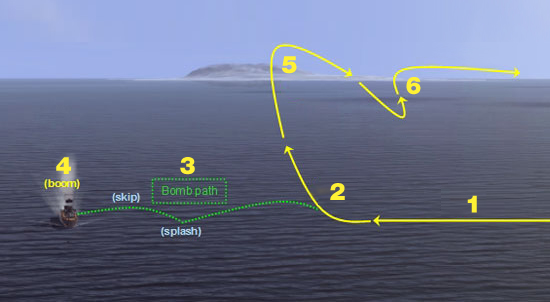
Below is the skip bomb attack from a different set of angles:

1 – 50 foot altitude, 300 mph, 140 mils in sight.
2 – Pull into vertical, releasing bomb.
3 – Bomb spashes then skips.
4 – boom!
5 – Wing over and away from ship, diving at around 35-40 degree angle.
6 – Level out, reverse turn and climb slighty, then reverse turn from the ship.
Watch out for bad guys!

